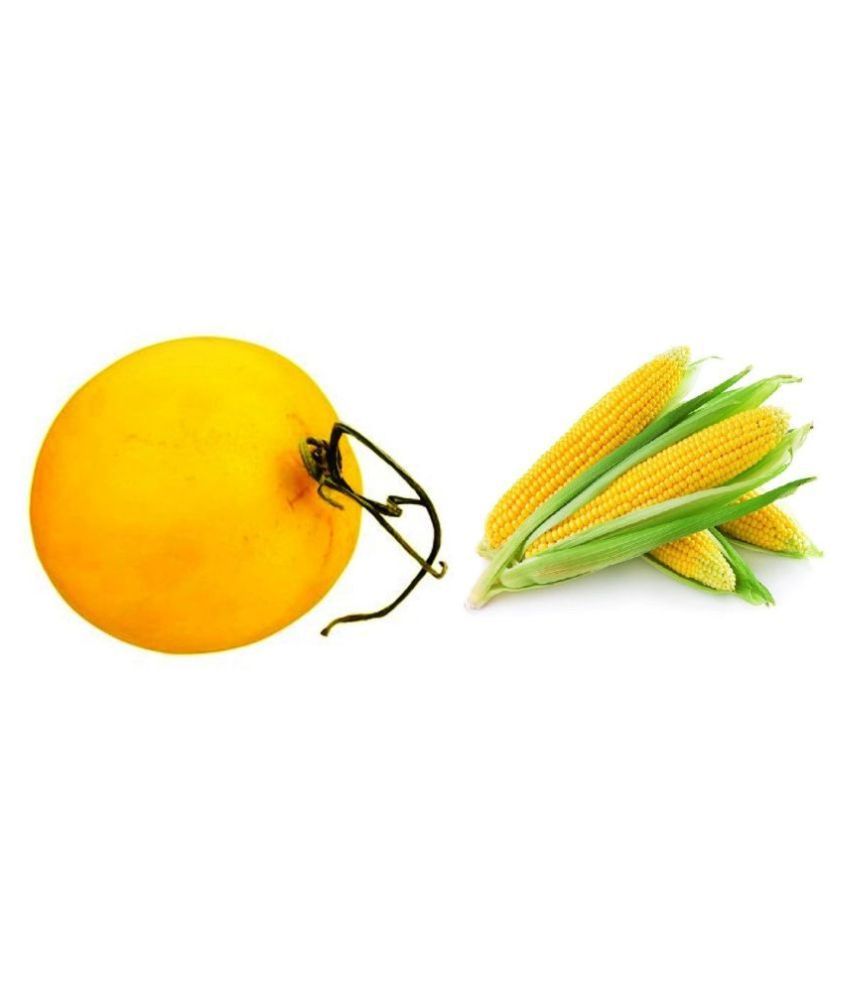

- A HYBRID CROPIT PRODUCES SWEETER FRUIT HOW TO
- A HYBRID CROPIT PRODUCES SWEETER FRUIT FULL
Choose a site that is protected from the wind by trees, a large hedge, a wall, or a building. Choose a spot near a building where reflected heat will warm the tree. In cool summer regions, choose the warmest microclimate in your garden to plant peaches and nectarines. Do not plant a peach or nectarine tree where another peach or nectarine has recently grown the decaying roots will emit a chemical that can kill new tree roots. Avoid planting peaches and nectarines in low spots where cold air or frost may settle. If the soil pH is lower than 6.0 add lime to the soil. Peaches and nectarines prefer a soil pH ranging from 6.0 to 7.0. Do not plant them where the soil stays wet roots will rot. Plant peaches and nectarines in light, loamy soil that is well-drained. They can tolerate partial shade but the yield will be diminished. 
A HYBRID CROPIT PRODUCES SWEETER FRUIT FULL
Peaches and nectarines grow best in full sun. Cool, wet climates and constantly humid climates will leave peaches and nectarines susceptible to disease. Where temperatures are consistently hotter the flavor may be astringent. The optimal peach and nectarine fruit ripening temperature is 75☏. Nectarines will suffer at slightly higher temperatures. 
Where winter temperatures fall lower than -10☏, peach wood will be damaged.
Peaches do not grow well where the temperature falls below 0☏ for extended periods. Where there is insufficient chilling, peach trees may flower but they will not set fruit and the foliage could be sparse. A chilling hour is one hour at a temperature of 45☏ or less. Most peach and nectarine trees require a chilling period of between 700 and 900 hours each winter in order to resume growing and set fruit the following spring. Grow peaches and nectarines where summers are hot and where winter temperatures dip below 45☏. Peaches and nectarines grow best in USDA zones 5 through 9. Nectarines are grown and used just like peachesīest Climate for Growing Peaches and Nectarines. Nectarines are smooth-skinned peaches nectarines are usually smaller and sweeter than peaches with a more distinctive aroma nectarines are less hardy than peaches. Clingstone peaches and nectarines are a good choice for cooking and preserving. The flesh of a clingstone peach or nectarine does not separate from the seed easily. Freestone peaches and nectarines are best for eating fresh out of hand. The flesh of a freestone peach or nectarine will separate easily from the seed. Peaches and nectarines are divided into freestone and clingstone cultivars. White flesh, like yellow flesh, is tender and tasty. The flesh of peaches and nectarines is most often yellow, but some cultivars have white flesh. Fall and Winter Peach and Nectarine Care. Peach and Nectarine Pruning Step-by-Step. A HYBRID CROPIT PRODUCES SWEETER FRUIT HOW TO
How to Train and Prune Peach and Nectarine Trees.Container Growing Peach and Nectarine Trees.Peach and Nectarine General Planting Instructions.Best Climate for Growing Peaches and Nectarines.







 0 kommentar(er)
0 kommentar(er)
